With 12 days until the 2024 election, Republicans are a clear favorite to win the Senate majority, according to my analysis of the playing field.
That gibes with Decision Desk HQ’s Senate prediction model — which currently gives Republicans a 71% chance of being in the majority come January 2025. (That number has been consistently over 70% since late August.) The new 538 Senate model gives Republicans an 87% chance of taking control of the chamber.
One statistic from the past two presidential elections explains why the GOP is favored. In 2016 and 2020, there were 69 Senate races on the ballot. In 68 of them, the party that won the state at the presidential level also won the state’s Senate race.
The lone exception? Maine Republican Sen. Susan Collins who won reelection even as Joe Biden was carrying the state in 2020.
Those numbers are pretty conclusive; we live in a parliamentary system at this point. People vote for the party, not the person — except in very rare instances.
Which brings me to the 2024 Senate map. And West Virginia, Montana and Ohio — all of which are currently represented by Democrats but were carried in 2020 and will be carried in 2024 by Donald Trump.
West Virginia, which Trump won by nearly 40 points in 2020, is already over. Gov. Jim Justice will be the state’s next Senator. Montana, where Trump won by 16, seems headed in that same direction, despite Democratic Sen. Jon Tester’s best efforts. Ohio, a state Trump won by high single digits in 2020, remains a closer race but, if I had to bet, I think I would bet again Democratic Sen. Sherrod Brown winning.
Again, 68 out of 69!
Could Democrats beat Ted Cruz in Texas? Sure. Do I think it’s likely to happen if Trump wins the state by 5 or so points? I do not.
If Republicans win only West Virginia and Montana — and Democrats can’t flip Cruz’s seat or any other GOP-held seat — then Republicans will control the Senate next year, no matter who wins the White House.
My full rankings of the 10 states most likely to switch parties are below. This is usually the sort of piece that I reserve for paid subscribers. But in the final two weeks of the election I am making ALL of my content FREE. So, enjoy!
If you’d like to support my nonpartisan and independent journalism — it’s just me, no big corporate media backers! — I’d very much appreciate it. It’s $6 a month or $60 a year to become a paid subscriber.
10. Nevada (Democratic controlled)
I kept waiting for Sam Brown to get some traction against freshman Sen. Jacky Rosen. I am still waiting — although there is a recent AARP poll that shows Rosen only up 49%-44% against Brown. Given the expected closeness of this race at the presidential level, it seems odd to me that Rosen, who hasn’t made a huge impression during her first six years in the Senate, would be winning relatively easily. But there is already grumbling among Republicans about the campaign Brown has run — and this one looks likely out of reach for the GOP barring a major last-minute surge.
9. Florida (Republican controlled)
Do I think Sen. Rick Scott is going to lose? I do not. Do I think the polling shows a competitive race between the incumbent and former Rep. Debbie Mucarsel Powell? I do! And, I know that Scott never wins by a lot — not in his two terms as governor or in his victory over then Sen. Bill Nelson in 2018. But he always wins — due in large part to his immense wealth and willingness to spend that money when and if he needs to. I can totally see Scott winning with 52%. I struggle to see him losing though.
8. Arizona (D)
I think Republicans will look back on this race and kick themselves for nominating 2022 gubernatorial candidate/controversy magnet Kari Lake. There are simply lots of people in the state — including a chunk of GOPers — who will not vote for her. Lake has desperately tried to moderate some of the more extreme positions she took in her losing race for governor but the damage looks to be done. Lake’s best (only?) chance is that Donald Trump wins the state by 2+ points and drags her across the line with him. Otherwise Rep. Ruben Gallego is coming to the Senate.
7. Texas (R)
The polling in this race suggests that Sen. Ted Cruz could lose. Cruz might have a narrow lead on Democratic Rep. Colin Allred but is is narrow. Having just spent several days in Texas, I can tell you the airwaves are stuffed with attack ads on both men. Again, top-of-the-ticket dynamics will matter here. In 2020, Trump won the state by 5.5 points. If he matches that margin, I think Cruz ekes it out. But if Trump wins by less — like, say 2-3 points — Allred is in the game. I lean Cruz here if I am being honest.
6. Michigan (D)
While all Democratic candidates in the Blue Wall states have taken a bit of a hit in recent weeks, Rep. Elissa Slotkin is in better shape than her colleagues in Wisconsin and Pennsylvania. Polling shows her ahead of former Rep. Mike Rogers and this race feels like the last of the Blue Wall states to fall for me. How does Rogers win? He need Trump to carry the state to have a chance.
5. Wisconsin (D)
It’s clear that both Kamala Harris and Sen. Tammy Baldwin have given up real ground in Wisconsin over the last month or so. What remains unclear is whether they can stop and/or reverse that slide before election day. I am less impressed with rich business guy Eric Hovde as a candidate than I am with the rich business guy running in Pennsylvania but insiders suggest that after overseeing a lackluster campaign for much of the year, Hovde has figured it out here at the end. All of the recent polling shows that the race is effectively tied.
4. Pennsylvania (D)
To his credit, Sen. Bobby Casey and his team knew they were in for a very tough race against wealthy businessman Dave McCormick. And they were right. While Casey had a steady single-digit polling edge for much of this year, the race has tightened considerably. The last four major polls in the race have shown the candidates separated by a single point. This one is going to be close — just like the presidential race in the state.
3. Ohio (D)
The trend lines in this race don’t look good for the incumbent. Brown once led car dealer Bernie Moreno by double digits, then by mid-single digits. Now the race is, all sides agree, tied. For me, Brown’s fate comes down to Trump. If the former president wins Ohio by 8 or more points — he won by 8 in 2020 — I think Brown narrowly loses. If Trump wins by, say, 5, I could see Brown sneaking through. But, right now, I lean toward him losing.
2. Montana (D)
I think Tester has run a solid campaign. And Tim Sheehy, the Republican nominee, has some issues! But, Trump is going to win this state by 15 or more points. And it’s extremely hard for me to see Tester overperforming the Democratic top of the ticket by that much. Polling has consistently shown Sheehy ahead by 6-9 points. That seems about right.
1. West Virginia (D)
Joe Manchin would have lost less badly than any other Democrat running for this seat. But he still would have lost. Get ready for Sen. Jim Justice — and Babydog.




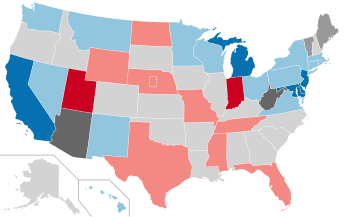

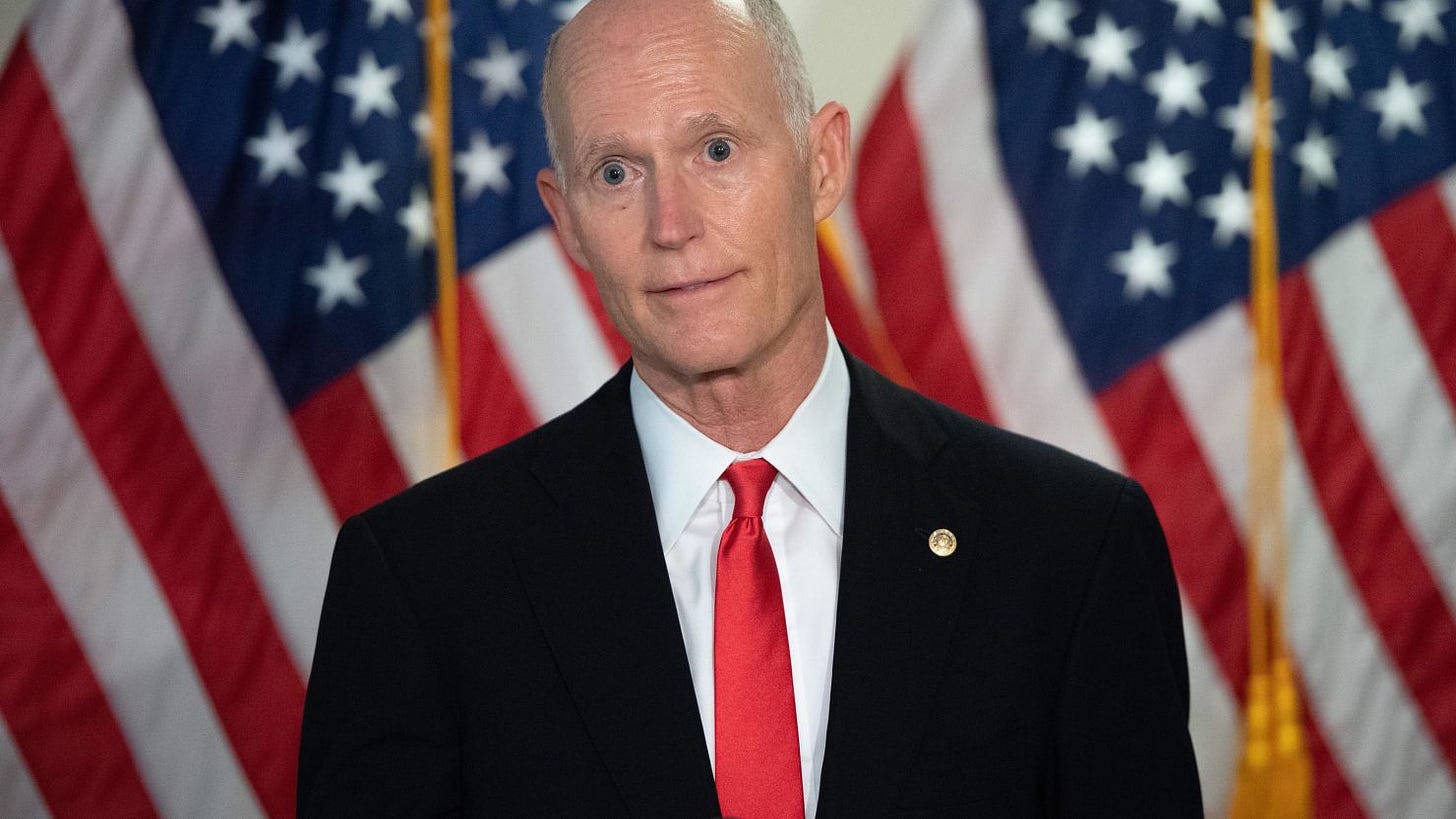




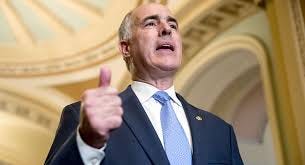
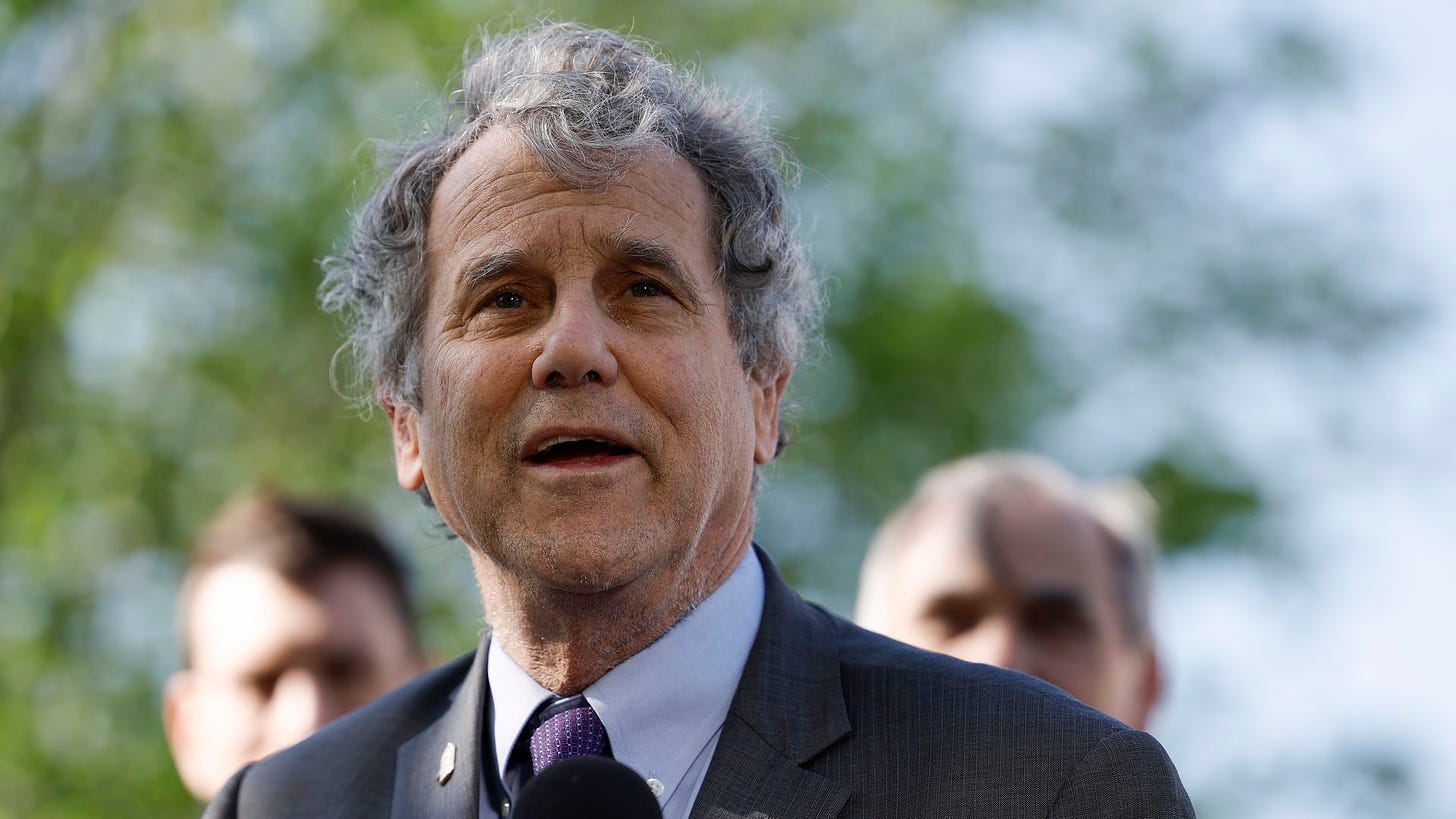
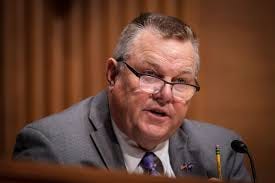
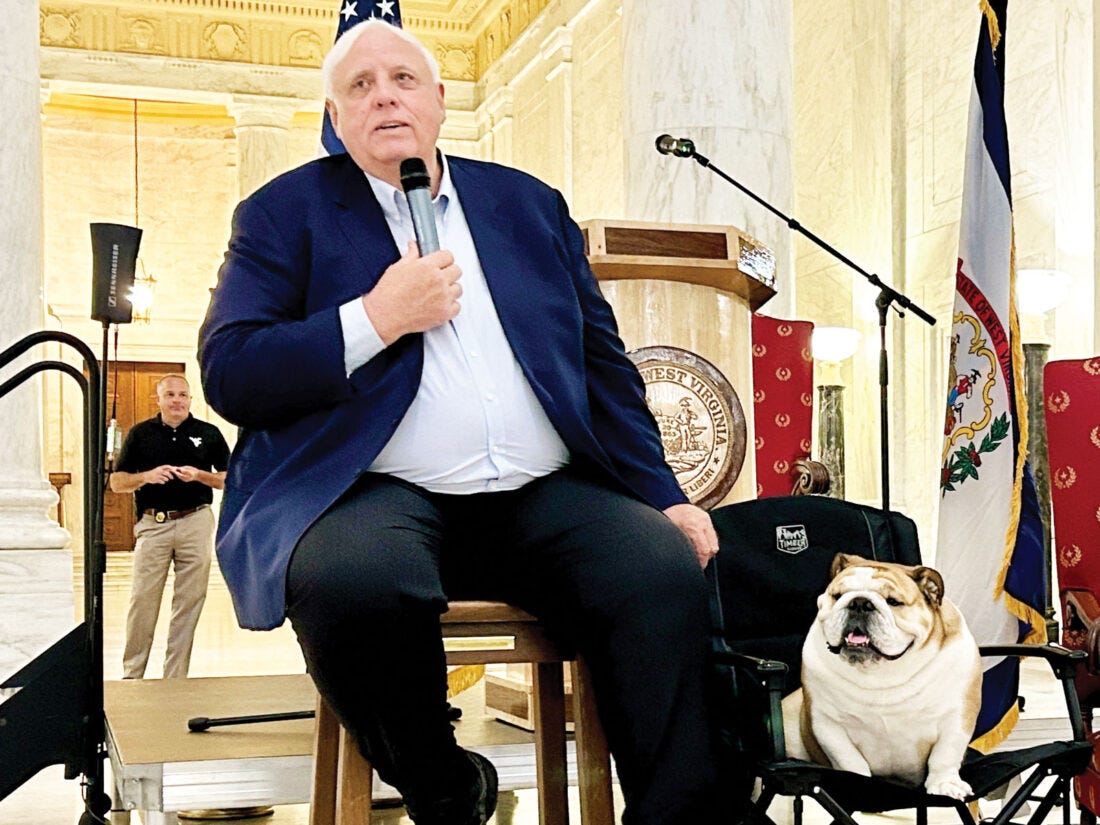
Good writeup, praying you are wrong...respectfully...
"People vote for the party, not the person — except in very rare instances." Is that true? I always vote for the person. Assumed everyone else does, too.